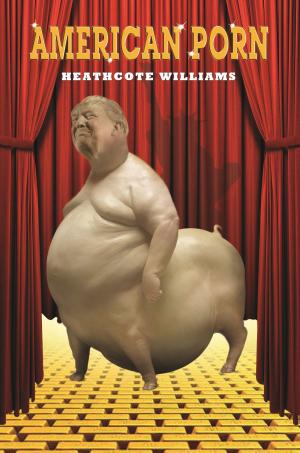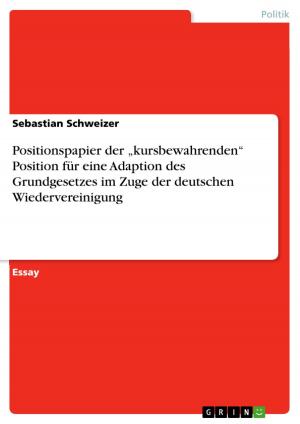An Enquiry Into The Real Costs of an Apathetic Nation
Nonfiction, Social & Cultural Studies, Social Science| Author: | Yasmine Black | ISBN: | 9781310229572 |
| Publisher: | Yasmine Black | Publication: | July 16, 2016 |
| Imprint: | Smashwords Edition | Language: | English |
| Author: | Yasmine Black |
| ISBN: | 9781310229572 |
| Publisher: | Yasmine Black |
| Publication: | July 16, 2016 |
| Imprint: | Smashwords Edition |
| Language: | English |
Every society at every age has been characterised by some form of two class system: A ruling upper class that influences written law and social etiquette standards and an effective slave class that invariably perverts both. Thus, shifts in the relative proportional size of these two classes, specifically a growing percentage of slave class citizens is both positively and directly related to growth in criminal activity. What is less acknowledged openly, is that beyond some point of “critical mass,” the fleeting notion of internal rebellion becomes manifest. Somehow though, despite this phenomena being a clear and obvious trend (and therefore almost a guaranteed statistical probability) supported by thousands of years of historical data, we are perpetually shocked and dumbfounded when confronted with the unhappy situation of street riots and revolutionary back lash… But is it really so shocking and surprising that the underclass may feel a desire to revolt when they are many in number and their condition of subsistence is such that they actually have nothing left to lose? This book is a light hearted discussion of what contributes to inequality as well as why and how this gap between the ruling and underclass can be narrowed.
Every society at every age has been characterised by some form of two class system: A ruling upper class that influences written law and social etiquette standards and an effective slave class that invariably perverts both. Thus, shifts in the relative proportional size of these two classes, specifically a growing percentage of slave class citizens is both positively and directly related to growth in criminal activity. What is less acknowledged openly, is that beyond some point of “critical mass,” the fleeting notion of internal rebellion becomes manifest. Somehow though, despite this phenomena being a clear and obvious trend (and therefore almost a guaranteed statistical probability) supported by thousands of years of historical data, we are perpetually shocked and dumbfounded when confronted with the unhappy situation of street riots and revolutionary back lash… But is it really so shocking and surprising that the underclass may feel a desire to revolt when they are many in number and their condition of subsistence is such that they actually have nothing left to lose? This book is a light hearted discussion of what contributes to inequality as well as why and how this gap between the ruling and underclass can be narrowed.















